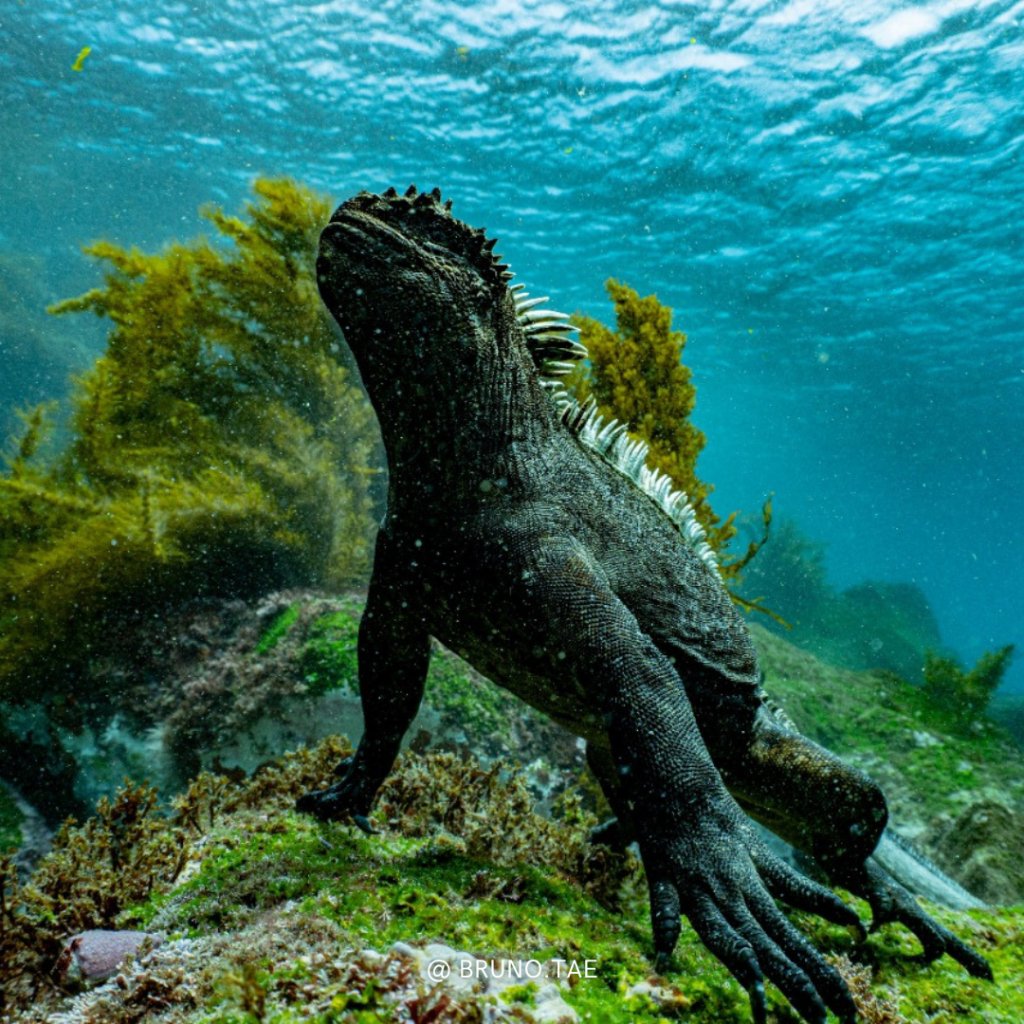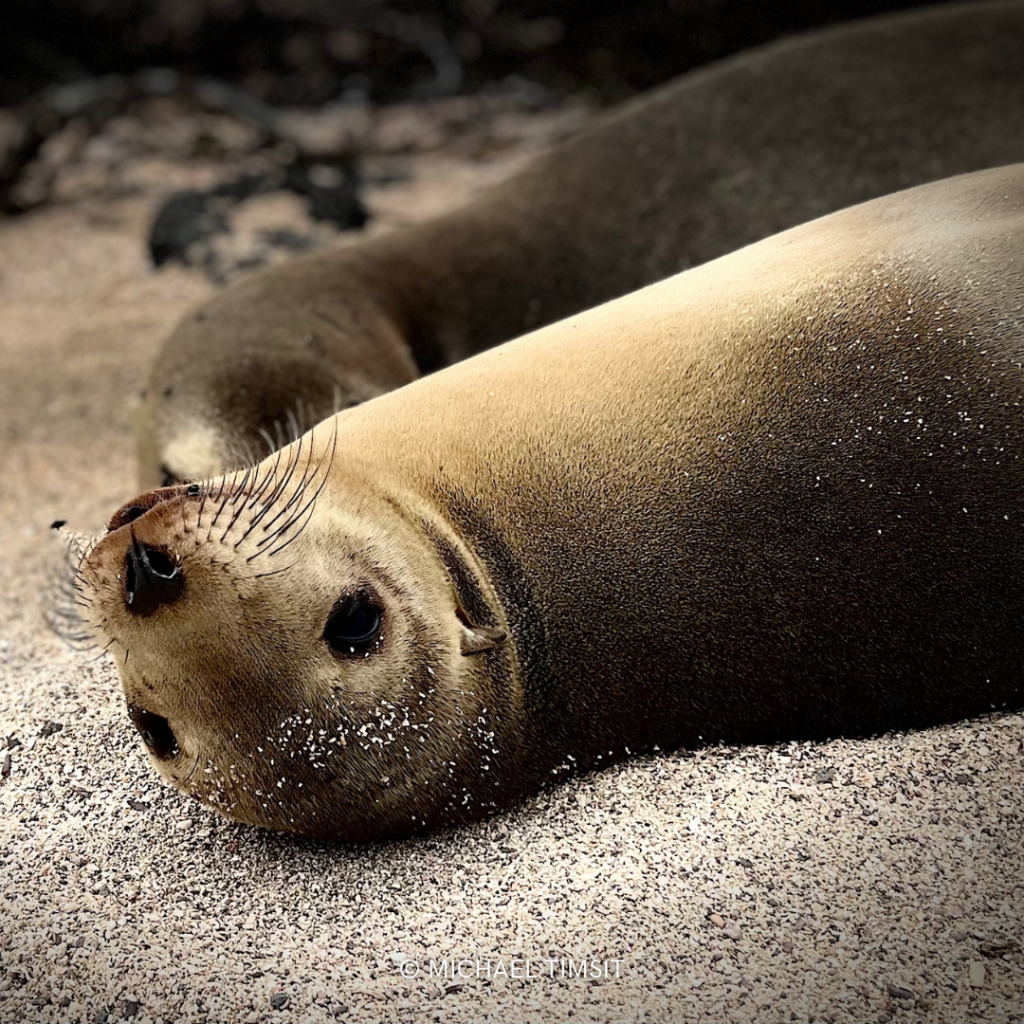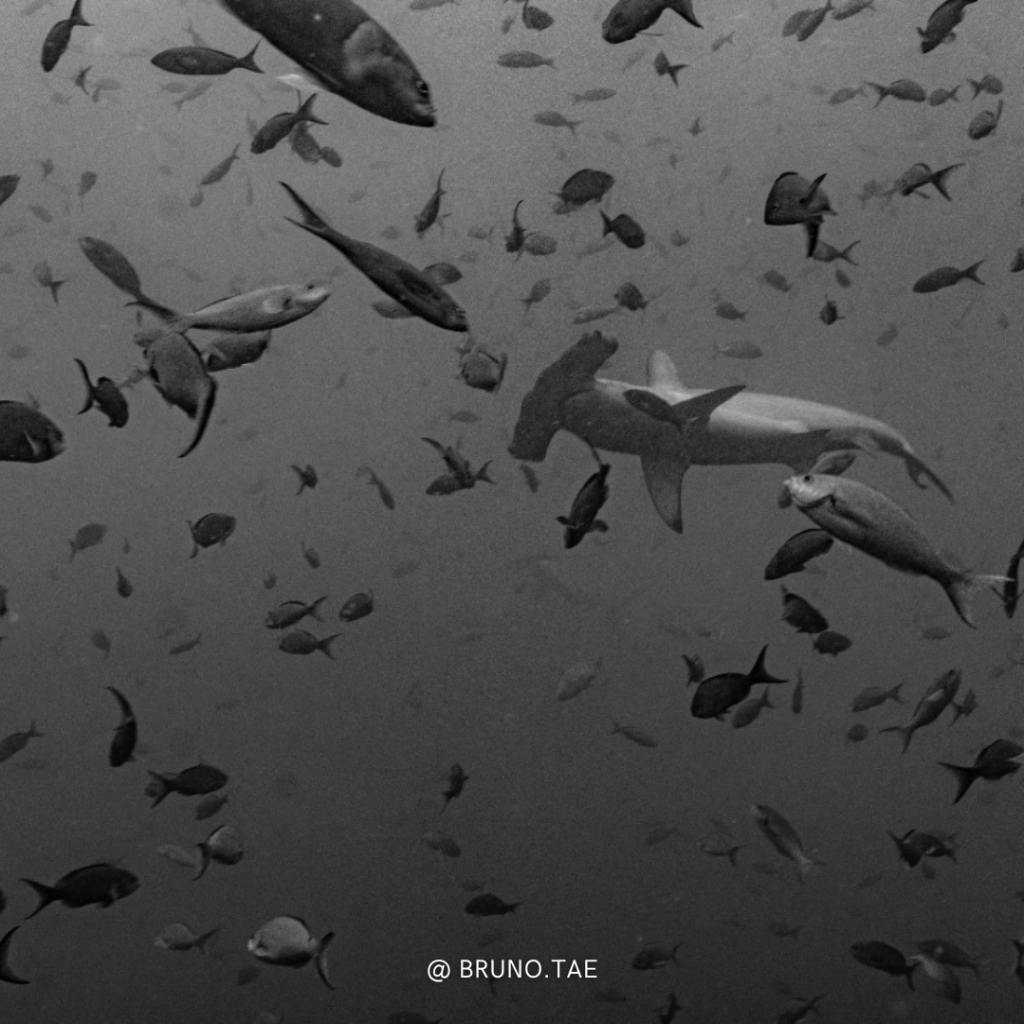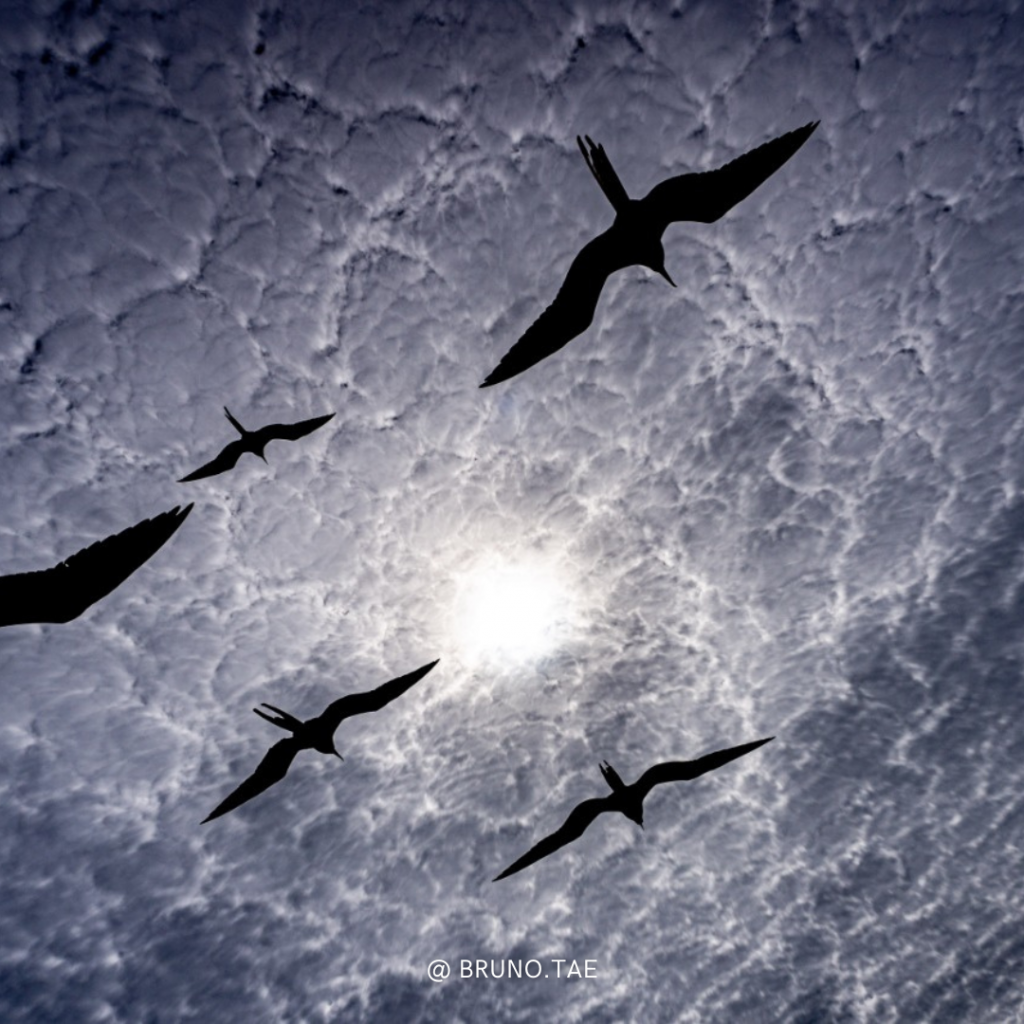Small in size, this country is great in its diversity. It will delight travellers who love Andean culture, as well as hikers at heart and budding naturalists.
Landing in Quito, the world’s highest capital city at 2,800m, sets the tone: you can expect to be breathless in this country straddling the Andes. A veritable backbone some 600 km long, this mountain range separates the Pacific coastal plain, frequented by whales and surfers, from the wild Amazonian Oriente. A land of contrasts, which are also expressed through the harsh opposition between tradition and modernity, with the picturesque Otavalo market, where animals and ponchos are traded, constituting the Amerindian emblem of this region which became the second centre of the Inca Empire.


The site of Ingapirca is one of the rare vestiges of this time. After soaking up the baroque atmosphere of the old colonial centre of Quito, the Pan-American Highway invites you to head south. Called the “Avenue of the Volcanoes”, it takes in the most illustrious representatives of the Pacific Ring of Fire, starting with Cotopaxi, one of the most dangerous in the world. After admiring the turquoise waters of the Quilotoa lagoon, which occupies an ancient crater, the most intrepid will test themselves against the 6,310 m Chimborazo. The others will head for the spa town of Baños, and take the waterfall route that will lead them to the edge of the jungle, to Puyo. A break is then necessary in Cuenca, a UNESCO World Heritage site. This is an opportunity to buy a straw hat woven by hand in the region… the famous panama!


A few kilometres away, the Cajas National Park offers hikers its enchanting wilderness with more than 200 lakes perched around 4,000 m. After enjoying a trout and blackberry juice, we descend to the sprawling city of Guayaquil to board a flight to the Galapagos Islands, where sea lions and iguanas will be the welcoming committee. Once you’ve greeted the giant turtles of Santa Cruz, you’ll need to take a boat to discover the less touristy islands and hope to spot a hammerhead shark or a manta ray. From the top of Bartolomé, the view embraces the whole archipelago, the last postcard of a trip rich in unforgettable panoramas.
